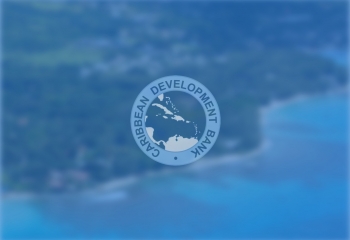
This training guide was developed as part of a webinar series focused on gender, vulnerable groups, climate change and natural disaster management. The webinar series formed part of a programme of activities under the Community Disaster Risk Reduction Fund (CDRRF) a multi-donor trust fund, which is managed by the Caribbean Development Bank (CDB). The purpose of CDRRF is to finance, through the provision of grant funding, Disaster Risk Reduction (DRR) and/or Climate Change Adaptation (CCA) initiatives at the community level across CDB Borrowing Member Countries. The overall objective of the webinar series was to build the capacity of shelter managers and deputy shelter managers to address the specific gender related issues faced by vulnerable groups in times of disasters and from climate change impacts.
The training guide, which was designed as part of the learning resources for the webinar, was prepared by Dr. Natasha Mortley1 (Gender and Development Consultant) with assistance from Ms. Stacy-Ann Gavin2. The guide was edited by Mrs. Indi Mclymont-Lafayette. It was intended for the training of participants comprised of emergency shelter management teams from Belize, the British Virgin Islands, Jamaica and St. Vincent and the Grenadines and focuses on gender dynamics and mainstreaming gender in a changing climate and natural disaster setting. Upon completion of the training series, the manual was updated to take into account feedback from participants. It thus represents a useful guide for broader dissemination and future training sessions by CDB.
About the Training Guide
List of Tables
List of Figures
Acronyms
Key Concepts
Learning Objectives
Introduction
Natural Disaster Risks and Climate Change in The Caribbean
The Caribbean Response
Natural Disaster Risk Reduction, Gender and The Sustainable Development Goals
Gender and Disaster Risk Reduction
Gender Analysis for Disaster Risk Reduction
Using Sex-Disaggregated Data in Emergency Shelters
Gender Analysis for Shelter Preparedness (Pre-Event)
Early Warning (Pre-Occupancy)
Special Considerations for Persons with Disabilities
Emergency Response (During and After)
Gender in The Immediate Response Phase: Emergency and Humanitarian Relief
Gender-Responsive Longer-Term Recovery
Case Study of Gender Mainstreaming Pre-Disaster
Gender Sensitive Indicators for Monitoring and Evaluation
Conclusion
References

